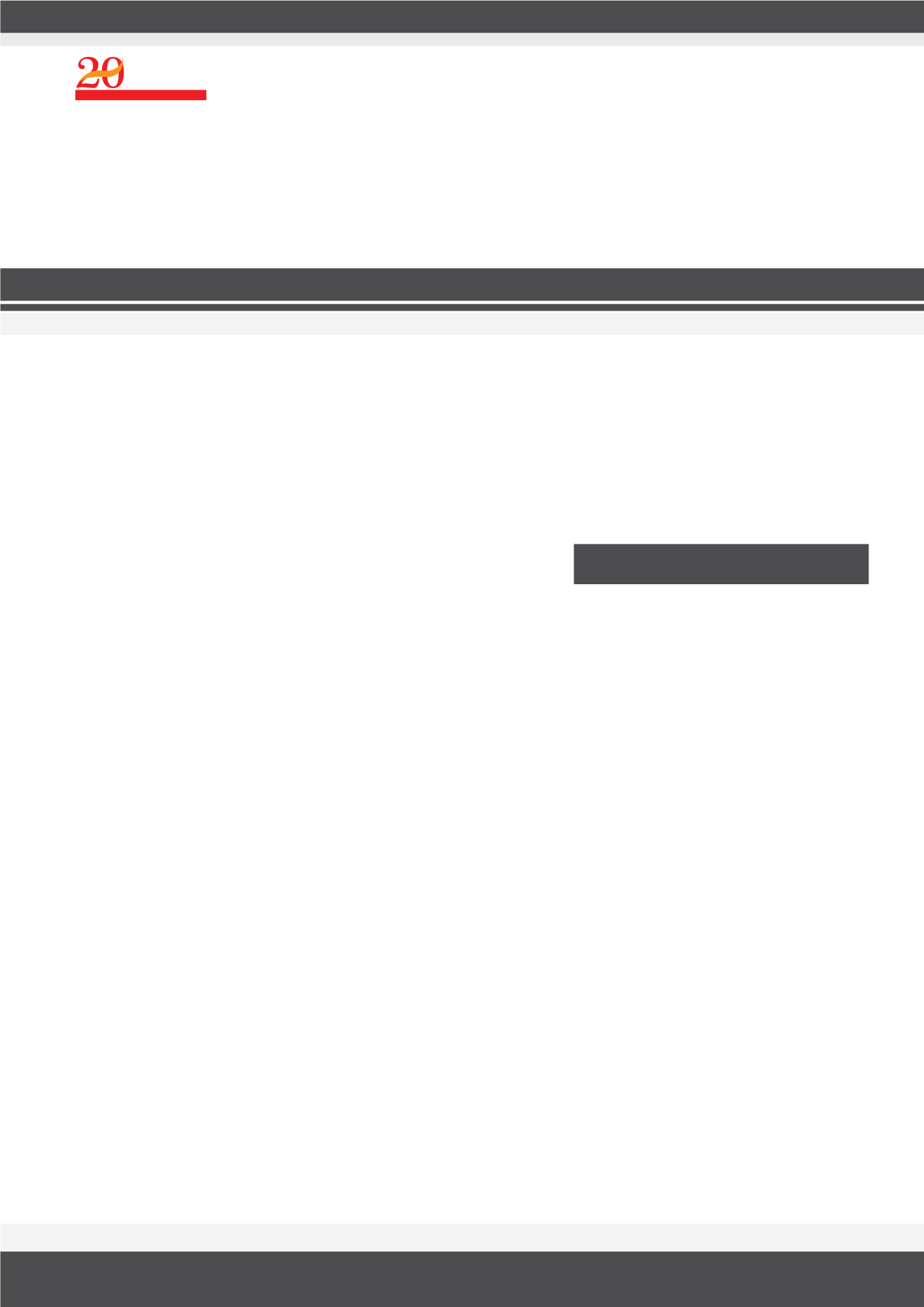

Page 41
O c t o b e r 1 5 - 1 6 , 2 0 1 8 | T o k y o , J a p a n
Obesity Congress 2018, Diabetes Congress 2018 & Vaccines Congress 2018
Biomedical Research
|
ISSN: 0976-1683
|
Volume 29
2
nd
WORLD OBESITY CONGRESS
2
nd
WORLD VACCINES AND IMMUNOLOGY CONGRESS
&
&
DIABETES AND ENDOCRINOLOGY
International Conference on
Joint Event on
OF EXCELLENCE
IN INTERNATIONAL
MEETINGS
alliedacademies.comYEARS
Agam Shah et al., Biomed Res 2018, Volume 29 | DOI: 10.4066/biomedicalresearch-C5-013
A PROSPECTIVE, OPEN-LABEL,
RANDOMIZED, CONTROLLED, MULTI-
CENTRE, CLINICAL TRIAL TO EVALUATE
THE IMMUNOGENICITY, SAFETY AND
EFFICACY OF WOCKHARDT’S BIOSIMILAR
INSULIN GLARGINE (GLARITUS®) WITH
REFERENCE INSULIN GLARGINE (LANTUS®)
IN TYPE 2 DIABETES MELLITUS
Agam Shah
1
, Jain R
1
, Ajmani AK
2
, Sharma SK
3
, Mukhopadhyay
P
4
, Chhaya G
5
, Supe PD
6
, Pavithran V
7
and
Bora H
8
1
Wockhardt Ltd., India
2
BL Kapoor Hospital, India
3
Diabetes, Thyroid and Endocrine Centre, India
4
Institute of Post Graduate Medical Education and Research, India
5
Sanjivani Superspeciality Hospital, India
6
Supe Heart & Diabetes Hospital and Research Centre, India
7
KVM Hospital, India
8
Down Town Hospital, India
Introduction:
Insulin glargine provides a peak-less glucose lowering profile
and a prolonged duration of action that permits once daily dosing. Biosimilar
insulin analogues are compared on immunogenicity, safety and efficacy to
the reference biological product.
Objective:
Primary objective is to evaluate percent change in anti-insulin anti-
body [AIA] to glargine in Glaritus® or Lantus® treatment arms from baseline
to six months. Secondary objective is to evaluate the change in HbA1c and
safety in both arms at six months as well as immunogenic response and safe-
ty in Glaritus® arm at 12 months.
Methods:
This is a prospective, open-label, randomized, controlled, multi-
centre study in 180 type 2 diabetes mellitus (T2DM) patients inadequately
controlled on oral hypoglycaemic agents. Eligible patients were randomized
to either Glaritus® for 12 months or Lantus® for six months. Treatment was
started at 10 units once daily, which was subsequently adjusted according to
the subject’s glycaemic control. This is an interim analysis of the six months
data from the ongoing study.
Results:
Out of 90 patients each randomized to Glaritus® and Lantus® arms
across 10 sites, 76 (84.4%) and 68 (75.6%) patients completed six months
treatment, respectively. There was no significant difference in percent change
in AIA titre between the groups at six months (least square [LS] mean differ-
ence [95%CI]: 3.4% [-15.1%, 21.9%], p=0.7181). In terms of reduction in HbA1c
at six months, the difference between two arms was not significant (LS mean
Agam Shah has rich professional experience of nearly
15 years in clinical development, medical affairs and
academics. He has been an avid Clinical Research
Physician with numerous scientific publication and
presentations to his name. He has comprehensive ex-
perience of clinical development of biosimilars, com-
plex generics and vaccine products.
ashah@wockhardt.comBIOGRAPHY
diff [95% CI]: -0.1 [-0.3, 0.1], p=0.2283) and the
upper margin of 95% CI was <0.4% (non-inferior-
ity margin). Overall incidence of adverse events
was comparable between the groups with inten-
sity being mild (36/37) and outcome resolved
(32/37) for most patients.
Conclusion:
Glaritus® was found to be non-in-
ferior to Lantus® in glycaemic control and com-
parable in immunogenic response and safety in
T2DM treatment over six months.


















